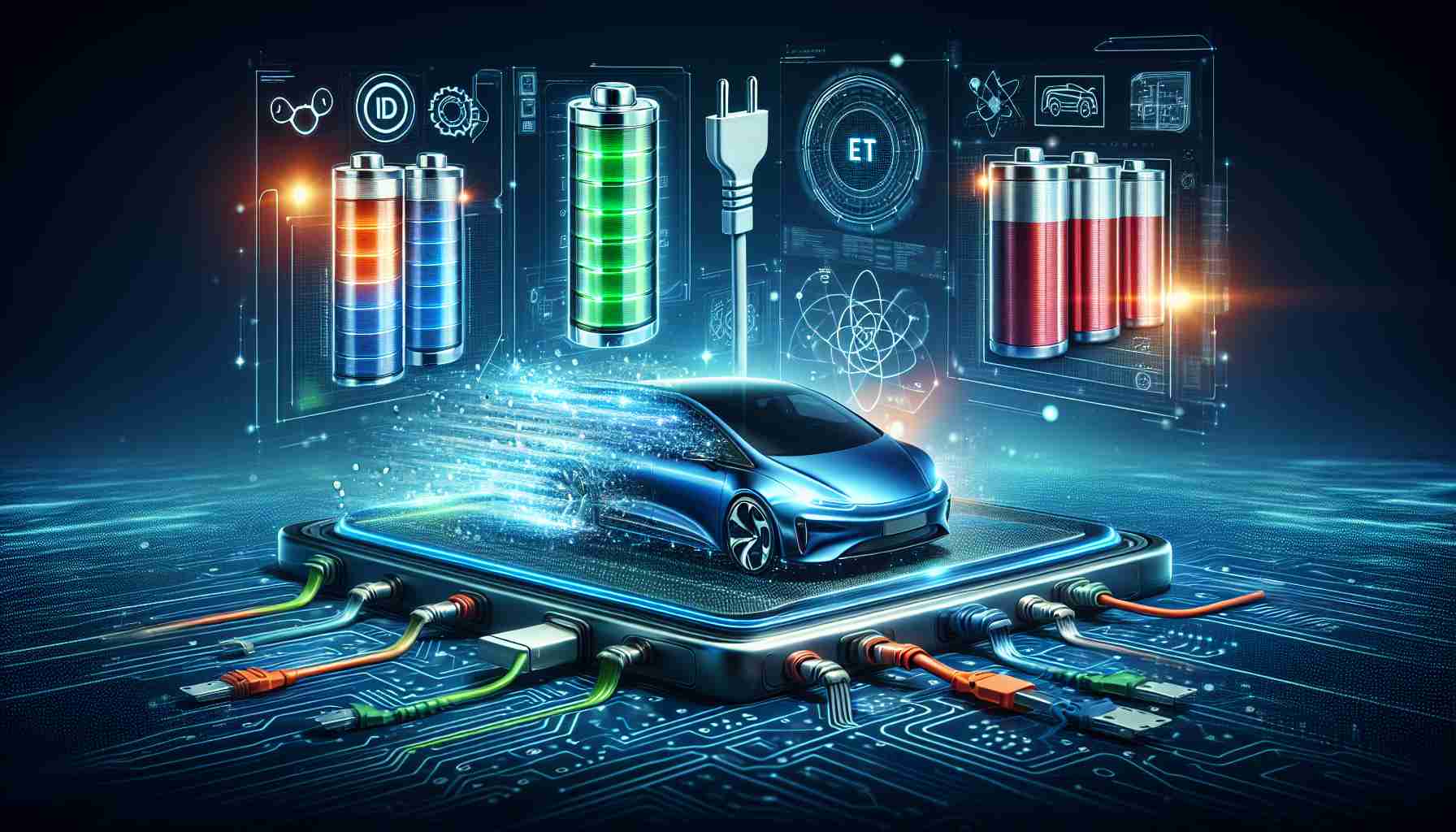A revolutionary advancement in battery technology is set to reshape the electric vehicle (EV) landscape. Stellantis, a prominent automotive manufacturer, has revealed plans to introduce cutting-edge semi-solid-state batteries in a fleet of Dodge Charger vehicles by 2026. This milestone represents a significant leap forward in battery efficiency and performance.
Unlike traditional lithium batteries, the semi-solid-state batteries to be utilized in the Dodge Charger fleet offer a hybrid approach that combines the benefits of solid-state technology with the familiarity of liquid electrolytes, ensuring a lighter weight and extended range for the vehicles. This breakthrough innovation not only enhances the driving experience but also addresses safety concerns associated with lithium batteries.
Stellantis’ strategic partnership with Factorial, a leading battery manufacturer, signals a transformative shift in EV production. Factorial’s semi-solid-state technology promises a remarkable 50% increase in driving range compared to current EV standards while maintaining compatibility with existing battery manufacturing infrastructure. This breakthrough is poised to streamline production processes and reduce costs, propelling the widespread adoption of EVs.
Furthermore, other industry giants such as Hyundai, Mercedes, Honda, and Toyota are also embracing solid-state battery technologies to enhance their EV offerings. The collective effort towards innovation underscores a shared commitment to sustainability and innovation within the automotive sector, paving the way for a future where electric vehicles are not just a novelty but a mainstream reality.
Breakthrough in Battery Technology Unlocks New Possibilities for Electric Vehicles
A recent breakthrough in battery technology has the potential to revolutionize the electric vehicle (EV) market beyond current expectations. While the introduction of semi-solid-state batteries in Dodge Charger vehicles by Stellantis has garnered significant attention, there are additional critical developments shaping the industry’s future landscape.
What are the key advancements beyond semi-solid-state batteries?
In addition to semi-solid-state batteries, researchers are fast-tracking the development of solid-state batteries that offer even higher energy density and improved safety features compared to traditional lithium-ion batteries. Solid-state batteries utilize solid electrolytes instead of liquid or gel-like materials, reducing the risk of leakage and overheating.
Are there any challenges or controversies associated with the adoption of advanced battery technologies?
One of the primary challenges facing the widespread adoption of new battery technologies is the current cost of production. While advancements hold promise for enhanced performance and sustainability, the initial manufacturing expenses may limit accessibility for consumers. Additionally, there are ongoing debates regarding the environmental impact of extracting materials required for these innovative batteries.
What are the advantages and disadvantages of transitioning to advanced battery technologies?
The advantages of transitioning to advanced battery technologies, such as semi-solid-state or solid-state batteries, include longer driving ranges, faster charging capabilities, and improved safety measures. These advancements not only enhance the user experience but also contribute to reducing carbon emissions and dependence on fossil fuels. However, disadvantages may arise from the need to establish new infrastructure for manufacturing and recycling these specialized batteries, potentially leading to additional costs and logistical challenges.
In light of these developments, it is essential for stakeholders in the EV industry to address these questions and concerns to ensure a smooth transition towards a sustainable and efficient electric vehicle ecosystem.
Explore more about the latest advancements in battery technology and electric vehicles at Department of Energy.
